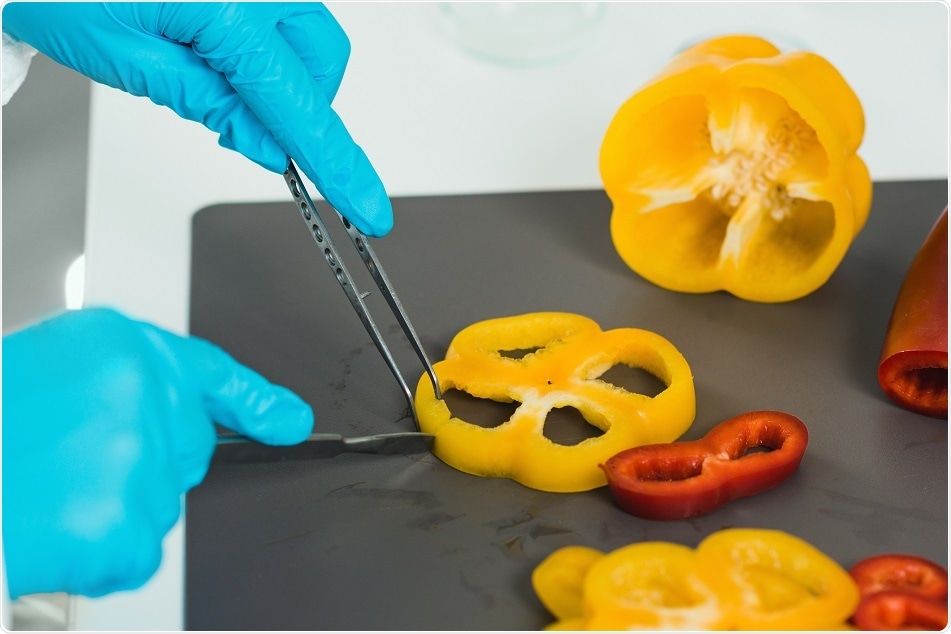
New method developed to detect bacteria in food and water
Dr Ananya Mandal, MD
Researcher Lili He and colleagues at the University of Massachusetts Amherst have devised a low cost, easy to administer method that could help detect the presence of bacteria in food and water samples.

Credit: Microgen/ Shutterstock.com
This would be a boon for aid workers in areas affected by natural disasters where food and drinking water conditions are at high risk. It would also be very useful for cooks and chefs to ensure food safety, explained He.
The team of researchers included food science researcher Lynne McLandsborough and first author Brooke Pearson who explained that this new method was a two step process, consisting of an optical and a chemical method. The team has detailed these steps in two publications, Food Microbiology and Royal Society of Chemistry's journal, Analytical Methodsrespectively.
Dr. He is an analytical chemist who has been working in the field of food contamination for a while now. She says that with rising awareness regarding food safety and healthy eating, fruits and vegetables are being consumed raw in many countries today including the United States. She said that it was this trend of “healthy eating” was what gave the team an idea to develop a quick test that could be done at home.
She added that at present, detection of bacterial load in food and beverage samples means taking small samples of these food items and using bits of them on an aerobic culture plate. The bacteria present in the food would grow within the culture plate to show visible colonies in two to three days.
The researchers created a chip that is sensitive and reliable, and when exposed to a food item or beverage, it can detect the bacterial load present on it, using a light microscope embedded within.
This is actually a “capture molecule” with a chemical molecule 3-mercaptophenylboronic acid (3-MBPA) that acts as a bacteria magnet and binds to all bacteria present over the surface of the food item. This method is the chemical method of bacteria detection. This is called the “surface-enhanced Raman spectroscopy” (SERS) that uses silver nanoparticles. This process is currently in the patenting process.
The optical method involves a microscope that is used along with a smart phone microsope adapter, making it suitable for potential home usage. This adapter is already available online for as little as $30.
A simple smart phone app was developed by a high school student in He's food science laboratory that applies the optical method to detect the bacteria present in water, mashed vegetable leaf or juice. More funding for these projects will allow the researchers to develop these methods more effectively for practical day to day usage.
According to He, this new method can deliver results within two hours rather than two or three days, which is the case with an aerobic plate count (APC), the default technique for culturing bacteria from food. The UMass Amherst chip attracts the microbes (bacteria) but not fats, sugars or proteins in dirt or food.





















.png)












No hay comentarios:
Publicar un comentario